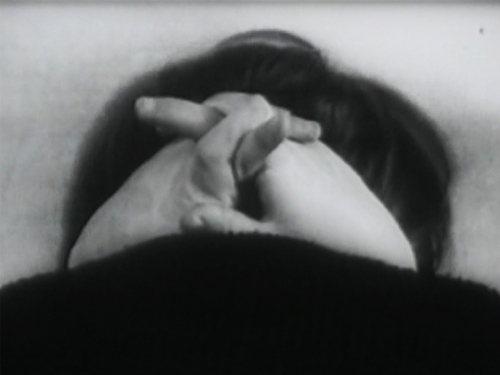
On fait souvent des films à partir des films qu’on a vus quand on était jeunes, de même qu’on se met à écrire parce qu’on a été passionné par des romans ou des poètes qu’on a lus. Adolescent, j’ai été passionné par deux types de cinéma très différents l’un de l’autre : à la fois par des films très agressifs, révolutionnaires, sanglants, sexuels, qui exprimaient une déchirure, une difficulté de vivre, et en même temps, au même moment, par des films qui racontaient, au contraire, l’acceptation de la condition humaine. Je pense par exemple au cinéma de Ozu, qui est peut-être par définition un des grands maîtres qui raconte au quotidien l’acceptation de la condition d’homme. Et donc, dans les films que j’ai faits, j’ai assez régulièrement mélangé ces deux ingrédients qui ne vont pas ensemble.